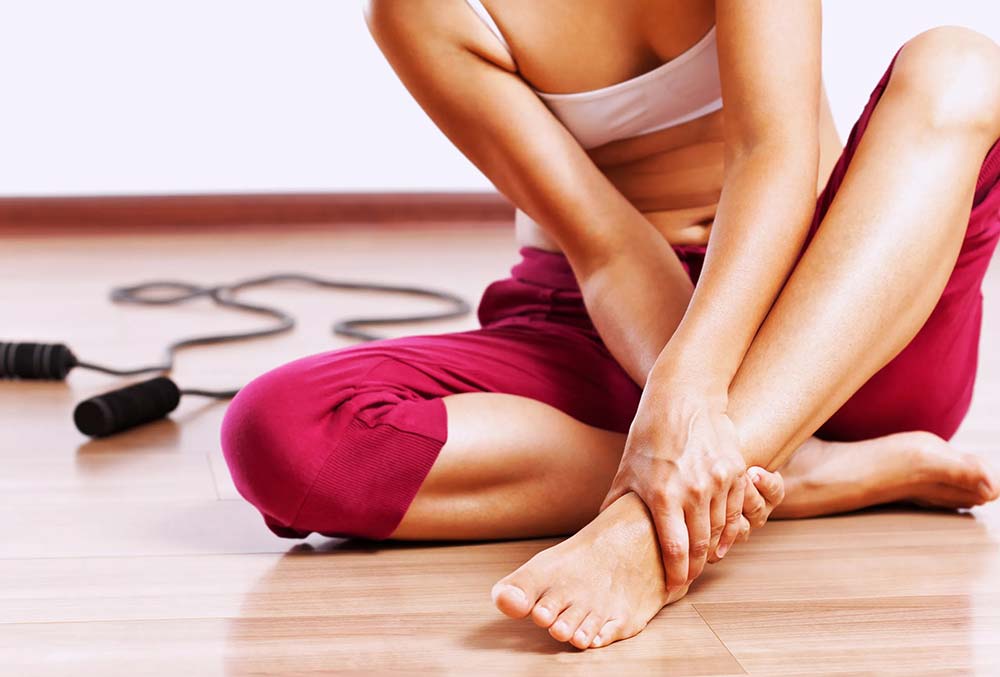The usual problems brought by old age is arthritis which leads to chronic joint pain and stiffness. The most common type of arthritis is ‘wear and tear’ or osteoarthritis.
What is osteoarthritis?
Osteoarthritis refers to a medical condition that occurs when the protective cartilage wears down over time. This protective cartilage is the one cushioning the ends of the bone. As a result, this condition could lead to joint damage, especially in your spine, hips, hand, and knees.
The most common type of arthritis is osteoarthritis, also known as DJD (degenerative joint disease). Generally, they are caused by biochemical alterations within your joints. It is also classified as a heterogeneous disease, which means there are a lot of factors leading to osteoarthritis.
Risk Factors
The chances of developing osteoarthritis are more likely to occur due to old age, but other factors could lead to osteoarthritis, such as age, hypermobility of joints, and genetics. Other factors of osteoarthritis include:
- Obesity
- Diabetes and hyperlipidemia
- Reduction of estrogen
Awareness
It is important to get diagnosed immediately. Like any other disease, early intervention makes the condition easier to manage, cope with, and avert symptoms from worsening over time. Try joining Power osteoarthritis clinical trials as well to help researchers continually test new treatments for known diseases.
Treatment Options For Osteoarthritis You Need to Know About
Currently, there is no cure found for osteoarthritis. Nonetheless, there are treatments that can lessen the pain brought on by osteoarthritis to help you move better.
1. Corticosteroid Injection
Also known as cortisone or steroid shots, corticosteroid injections lower inflammation which lessens the painful sensation brought on by the inflammation. The misconception about corticosteroid injections is that they are considered pain relievers, which is not true.
Corticosteroids are often given to patients as a treatment for inflammation of the joints or tendons. Thus, it is really helpful for those suffering from osteoarthritis.
2. Transcutaneous Electrical Nerve Stimulation (TENS)
TENS (Transcutaneous Electrical Nerve Stimulation) is a therapy used to treat certain conditions that lead to acute (short term) or chronic (long term) pain.
It was theorized that these electrical currents would modify the perception of pain through stimulating nerve cells that block the transmission of pain signals. Consequently, researchers also stated that this treatment also raises the levels of endorphins. Endorphins block pain perception since they are the body’s natural pain-killing chemical. It was considered an effective treatment for osteoarthritis and other joint and nerve diseases.
3. Hyaluronic acid injection
In instances that over-the-counter drugs, pain relievers, and other treatments fail to address the inflammation or pain brought on by osteoarthritis, a hyaluronic injection is used. Hyaluronic acid functions as a shock absorber and lubricant for the joints to function properly. This treatment is often suggested to those suffering from knee osteoarthritis.
Caution: Use this only upon the supervision of your physician to determine possible side effects and drug interaction.
4. Medicine
Over-the-counter drugs or prescription medicine to remedy the inflammation and pain caused by osteoarthritis are readily available. Here are some medications that are likely to be prescribed by your doctor:
1. Acetaminophen
2. Celecoxib (Celebrex)
3. Diclofenac sodium
4. Diclofenac/misoprostol (Arthrotec)
5. Ibuprofen
6. Meloxicam (Mobic)
7. Nabumetone
8. Naproxen
5. Physical Therapy
For osteoarthritis, physical therapy can help by strengthening your joints and muscles to reduce pain and inflammation.
Physical therapists would likely recommend regular and gentle home exercises such as walking and swimming. Consequently, occupational therapists can determine everyday tasks that could exacerbate the condition of your joints. Thus, they can suggest effective methods to alleviate stress, such as requiring you to have a stool when you shower if you have knee osteoarthritis.
6. Surgery
For osteoarthritis, there are four main surgical treatments. These are:
- Radical treatments or joint arthroplasty (damaged cartilage is exchanged with an artificial endoprosthesis)
- Conservative treatments (damaged cartilage is left in place)
- Osteotomy
Any surgery that involves reshaping or cutting your bones is called an osteotomy. This procedure is done to repair damaged joints or to lengthen or shorten deformed bones that are incongruent with your joints.
- Joint replacement
In the process of joint replacement, the surgeon replaces the damaged joint surfaces with plastic and metal parts. However, risks include possible blood clots and infections. Moreover, replacement parts could become loose or worn out over time.
7. Topical pain relievers
Topical painkillers or analgesics are medications that are either rubbed, applied as patches, or sprayed onto the skin to soothe painful joints and muscles. Here are some over-the-counter topical pain relievers:
- Aspercreme Topical Analgesic Cream
- Bengay Pain Relieving Cream
- Capsazin-HP Arthritis Cream
- Icy Hot Vanishing Gel
- Sportscreme Deep Penetrating Pain Relieving Rub
- Tiger Balm
- Voltaren
These are just some of the possible treatments for osteoarthritis. Keep in mind that osteoarthritis can heavily impact your life if not treated immediately. If you are suffering from osteoarthritis, set an appointment with your physician so you can be diagnosed and be able to cope with the pain and inflammation of your joints.

